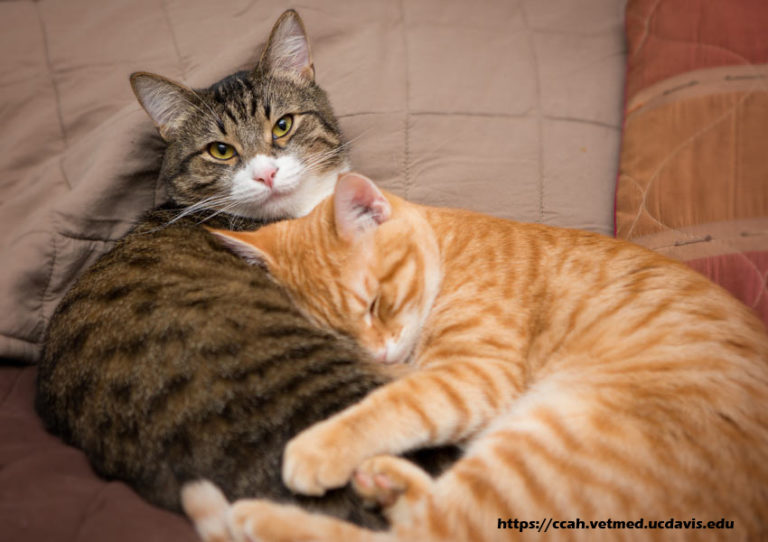10 Must Haves of Medical Website Design
Medical website design is not much different from designing other websites like that of a school or a boutique hotel, but it is different. These are apparently contradictory statements, but let us explain.
You can’t go wrong with medical website design if your website has these elements:
Services Tab: This should be prominently displayed towards the upper part of the website; after all, your target audience has the most interest in what you have to offer.
Before and After Photos: These will serve to substantiate all that you have claimed under the Services column and thus strengthen the target audience’s belief in you.
Physician Photograph and Biography: This is an often neglected feature of medical website design. But if you put yourself in the shoes of your patients, you will realize that it is often the credentials of a physician that inspires confidence among your target audience and motivates them to give you a call.
Contact Form: Many among your target audience may access your website at work from where they cannot make a call. Include a contact form in your medical website design to make it convenient for them to schedule an appointment or request information.
Blogs and Other Relevant Bits of Educational Resources: Including educational resources like blogs and articles in your website will not only ensure that your target audience turns to you when they are in need of medical information but also help your search engine optimization cause.
Social Media Bar: A social media bar prominently displayed on every page of your website will encourage and prompt visitors to share your content.
Patient Testimonials and Reviews: In an industry where the word-of-mouth is still the best advertising ploy, patient testimonials and reviews are the most effective alternative promotional measures.
News and Media: If you have been …












